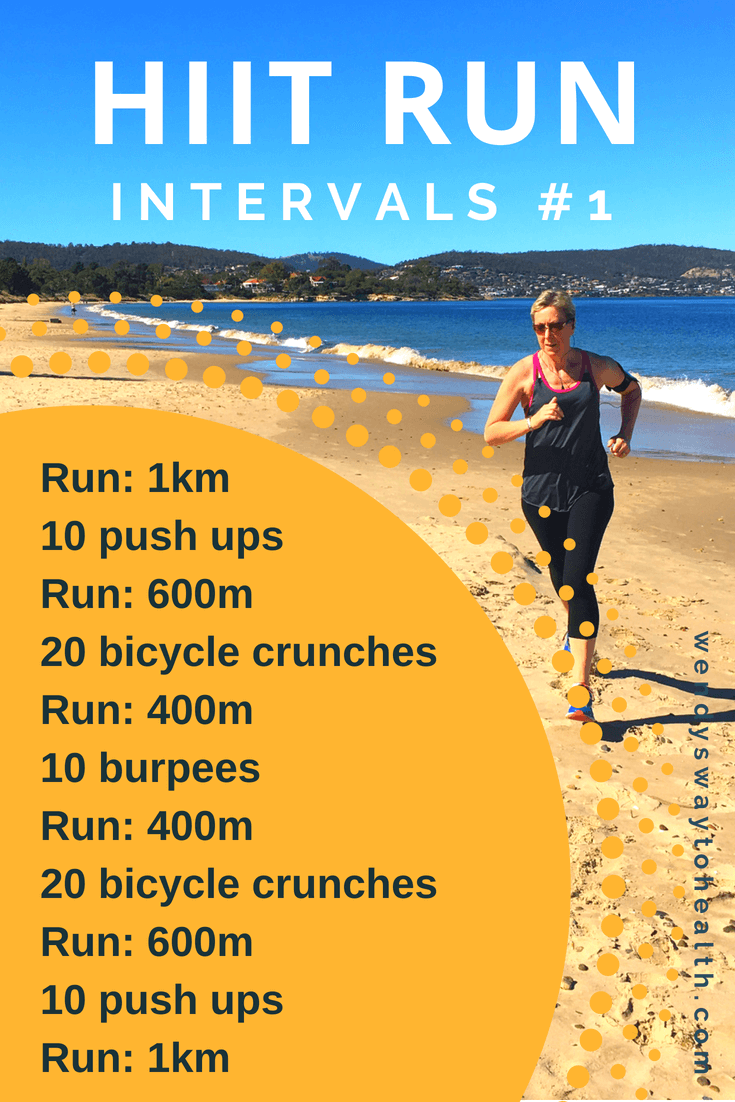Elevate Your Running Strategy with Proven Techniques
Elevate Your Running Strategy with Proven Techniques
Blog Article
The Ultimate Overview to Managing Discomfort When Running
Whether you are a seasoned marathoner or just beginning your running trip, comprehending the various types of discomfort that can develop and the methods to resolve them is crucial. From pre-run workout routines to proper shoes selection, there are countless aspects to think about when it comes to dealing with discomfort while running.

Comprehending Various Kinds Of Running Discomfort
When running, it is vital to distinguish in between different kinds of pain to avoid injuries and make the most of efficiency (Read More). One typical kind of discomfort that joggers may experience is muscle pain, which normally occurs from the tension placed on muscles throughout workout. This sort of discomfort is typically a normal component of the running process and can be taken care of with correct workout, cool-down, and stretching regimens
Another type of discomfort to be knowledgeable about is joint pain. Joint discomfort can indicate problems such as overuse, inappropriate form, or underlying conditions like joint inflammation. Overlooking joint pain can cause extra serious injuries, so it is crucial to deal with any type of pain without delay and possibly seek expert suggestions.
In addition, sharp or stabbing pains must not be neglected. These kinds of discomfort can signal acute injuries such as stress, sprains, or anxiety cracks - running strategy. Proceeding to run through these types of pain can intensify the injury and extend healing time
:max_bytes(150000):strip_icc()/HIIT-treadmill-workout-promo-04629651f9fc4854a8afca1c29ba528a.jpg)
Pre-Run Warm-Up and Stretching Routine
To prepare the body for a running session, executing an effective pre-run warm-up and stretching regular is crucial. A correct warm-up aids boost blood flow to the muscles, improves versatility, and decreases the threat of injury during the run. By incorporating a constant pre-run warm-up and extending routine into your running program, you can optimize efficiency and minimize the danger of discomfort or injury.
Appropriate Shoes Choice and Fit
Selecting proper footwear that fits well is important for runners to avoid discomfort and minimize the risk of injuries. Uncomfortable shoes can cause sores, black toe nails, shin splints, and various other excruciating conditions that can prevent performance and sideline training. When picking running shoes, it is important to think about variables such as foot type, running gait, arch assistance, cushioning, and shoe size. running strategy. Seeing a specialty running store for a gait evaluation and specialist installation can aid guarantee that you choose the right footwear for your private demands. Running footwear should supply ample support and stability while additionally being comfortable and light-weight. In addition, it is advised to replace your running shoes every 300-500 miles to preserve correct padding and assistance. Purchasing high-quality footwear that is proper for your running design and foot makeup is an aggressive step towards stopping discomfort and injuries throughout your runs.
Nutrition and Hydration Tips for Pain Prevention

Hydration is similarly critical for runners to prevent cramps, dehydration, and other pains that can lead to pain during running. By prioritizing nourishment and hydration, joggers can enhance their performance, decrease pain, and delight in a much more comfy running experience.
Post-Run Healing Techniques to Reduce Pain
Executing reliable recuperation techniques is vital for relieving discomfort and promoting muscle healing after running sessions. One crucial post-run see here healing method is extending. Including fixed go for significant muscle groups can help in reducing muscle mass tension and discomfort. Foam rolling is an additional advantageous method to release muscle mass rigidity and enhance blood circulation to the muscle mass, helping in quicker healing. Furthermore, topping sore areas for 15-20 mins can help in reducing swelling and numb discomfort post-run.
Eating a well balanced snack or dish that consists of protein and carbs within 30 minutes of finishing a run can aid fix muscle mass cells and renew energy shops. By integrating these post-run recuperation strategies into your regimen, you can successfully manage discomfort and maximize your running efficiency.
Conclusion
Finally, resolving different kinds of running discomfort through appropriate workout, extending, footwear choice, nourishment, hydration, and post-run healing strategies is vital for discomfort avoidance and management. By comprehending the root causes of pain and applying these techniques, joggers can reduce pain and prospective injuries. It is essential to focus on total physical health and wellness and well-being to make sure a successful and satisfying running experience.
Report this page